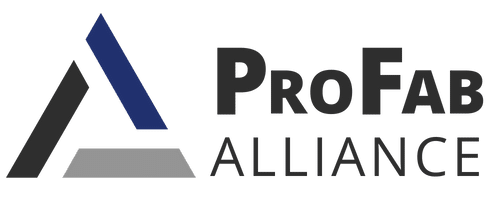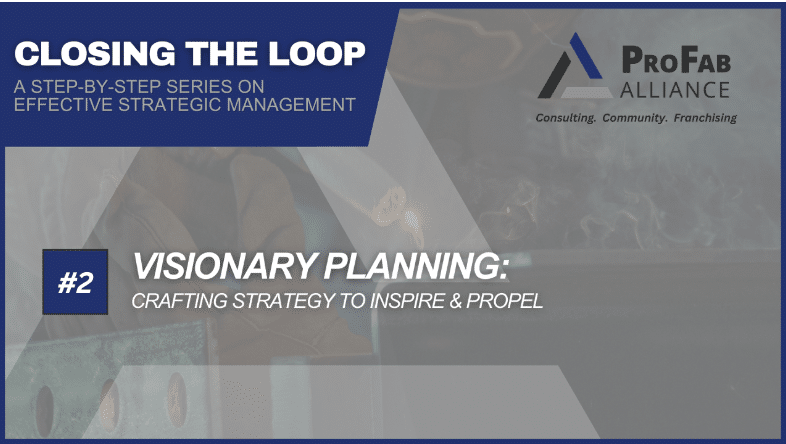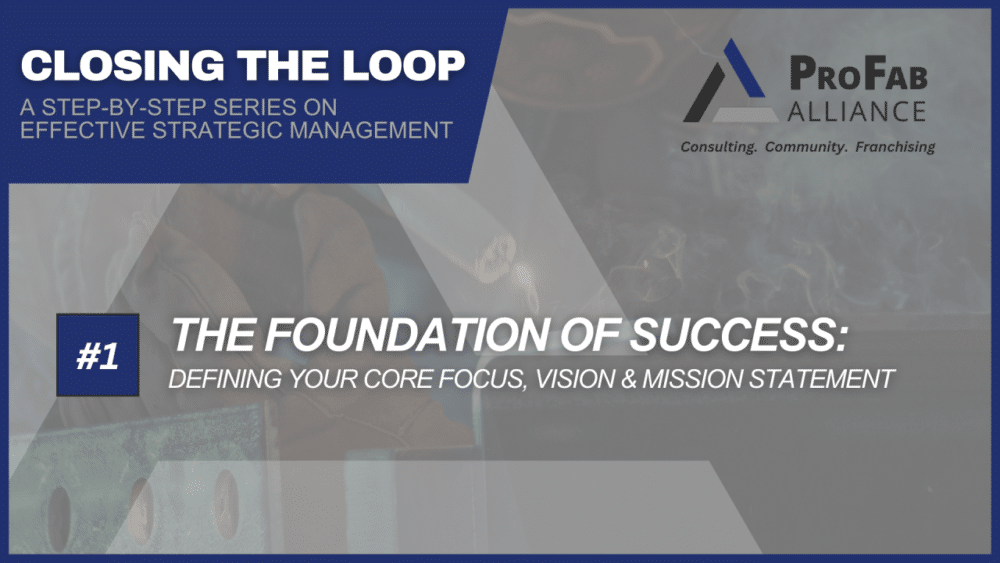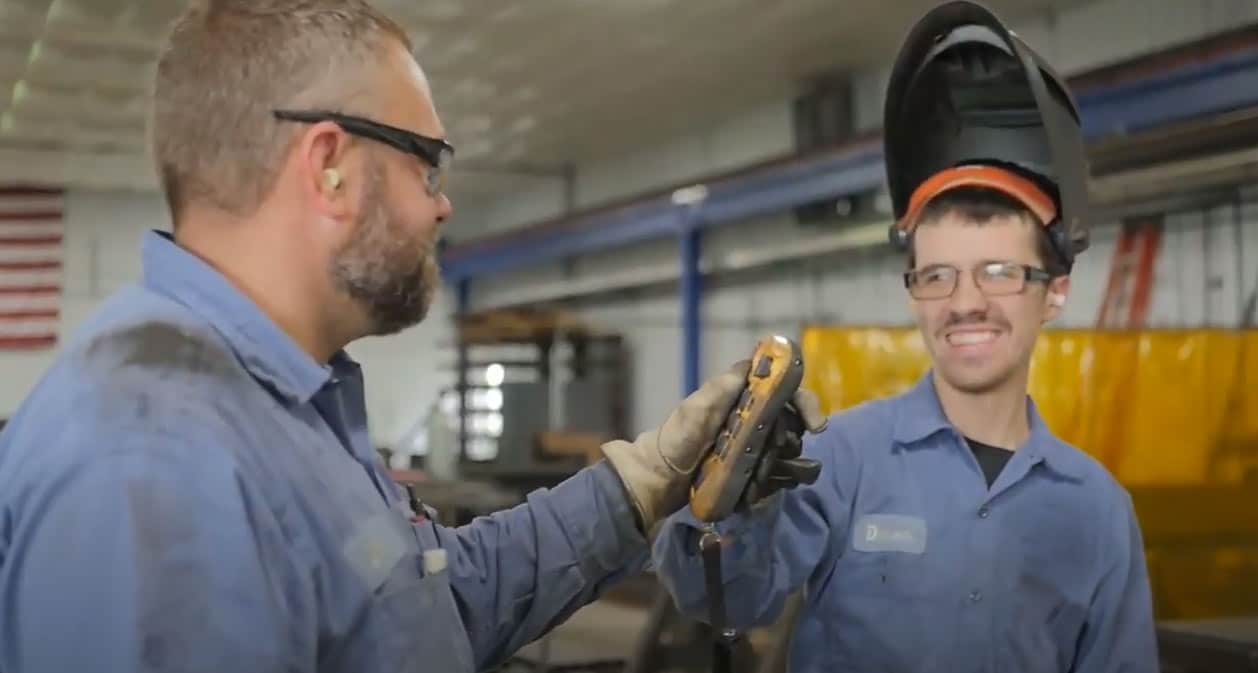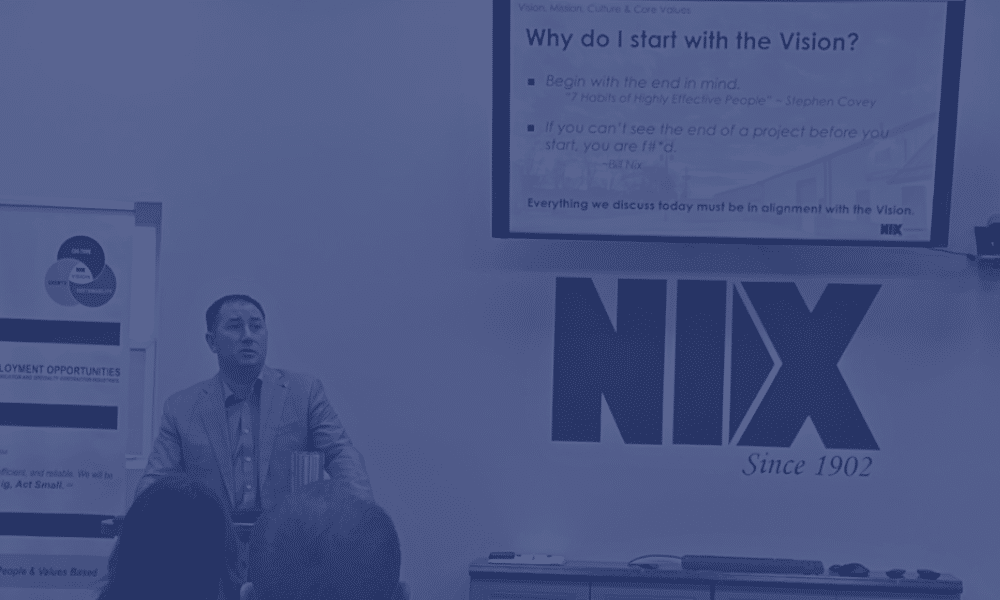Creating a Culture That Values Quality
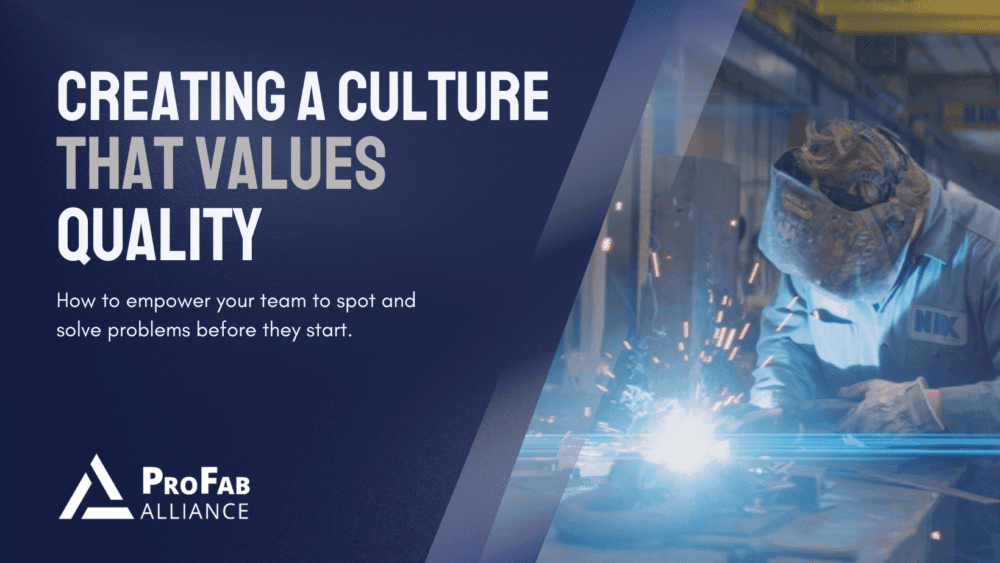
When it comes to manufacturing, there’s one thing that can’t be compromised: quality. In a world where mistakes can lead to costly rework, lost time, and frustrated customers, creating a culture that emphasizes catching errors early is crucial. That’s where the concept of a “quality good catch” comes in. It’s not just about catching errors; it’s about learning from them, improving processes, and setting the stage for long-term success.
How to Create a Quality Good Catch Program for your Industrial Company
- Material defects
- Welding inconsistencies
- Dimensional inaccuracies
- Coating/finishing issues
- Safety hazards that could affect quality
- Make it easy for team members to report good catches by providing simple submission options. This could include paper forms, Google Form, or even a shared document, depending on what works best for your operations.
- Designate the Right Person to Review Submissions. Ensure there is a clear path for the submitted reports. This could be the Safety Manager, Operations Manager, or another designated person responsible for quality control.
- Share submissions with your team. One of the largest benefits of collecting this information is to share it with your team to prevent future quality issues. By sharing these examples and solutions, you help give your team more confidence on what to do in the future.
The Power of Reporting Mistakes
When team members feel empowered to report mistakes without fear of blame, they’re more likely to do so. Not only does this prevent errors from escalating, but it also creates a collaborative environment where everyone works toward the same goal—improving the team and the company’s output.
How to help team members feel comfortable reporting mistakes:
Rewarding Transparency: By celebrating those who report mistakes, you reinforce the behavior you want to see. Whether it’s through incentives, public recognition, or simply acknowledging their contribution, rewarding transparency creates a positive cycle.
Helping Others: When one person catches an error, it can help others avoid the same mistake in the future. This strengthens the team’s knowledge base and promotes continuous learning.
But it doesn’t stop there. Regular quality good catches and an environment that encourages error reporting are key to reducing long-term issues like rework, warranties, and customer complaints. If we’re not catching mistakes now, we’ll be fixing them later—often at a much higher cost.
Long-Term Benefits for the Team and Company
Investing in quality control pays off. It’s an investment in your team, your processes, and ultimately, the success of your company. By embedding a quality-first mindset into everything you do, you reduce errors, improve accuracy, and enhance customer satisfaction, and save your company from profit loss.
But in order to make this initiative stick, you need buy-in from your team. Quality good catches won’t work if your team doesn’t see the bigger picture. That’s why it’s important to connect their actions to the company’s long-term vision. The goal isn’t just fixing one error; it’s about preventing issues that could snowball into bigger problems.
- Create an Incentive Program: Whoever submits the most quality good catches throughout the year could earn a reward. This could be anything from a gift card to a team outing. Incentives give team members a reason to be more engaged.
- Make It Part of the Bigger Picture: Help your team understand that quality control isn’t just about fixing mistakes; it’s about ensuring the company’s long-term success. When they submit a quality good catch, they’re contributing to reducing rework, improving customer satisfaction, and ultimately increasing the company’s profitability.
Creating a culture of quality isn’t a one-time effort—it’s a continuous process that requires constant attention and engagement. By aligning quality initiatives with the company’s strategic goals, you reinforce their importance and help team members see the direct impact of their work.
Ultimately, quality good catches aren’t just about preventing mistakes; they’re about empowering your team to take ownership of the process and contribute to the company’s success. It’s an investment in your people, and as we know, when your people succeed, the company succeeds.
